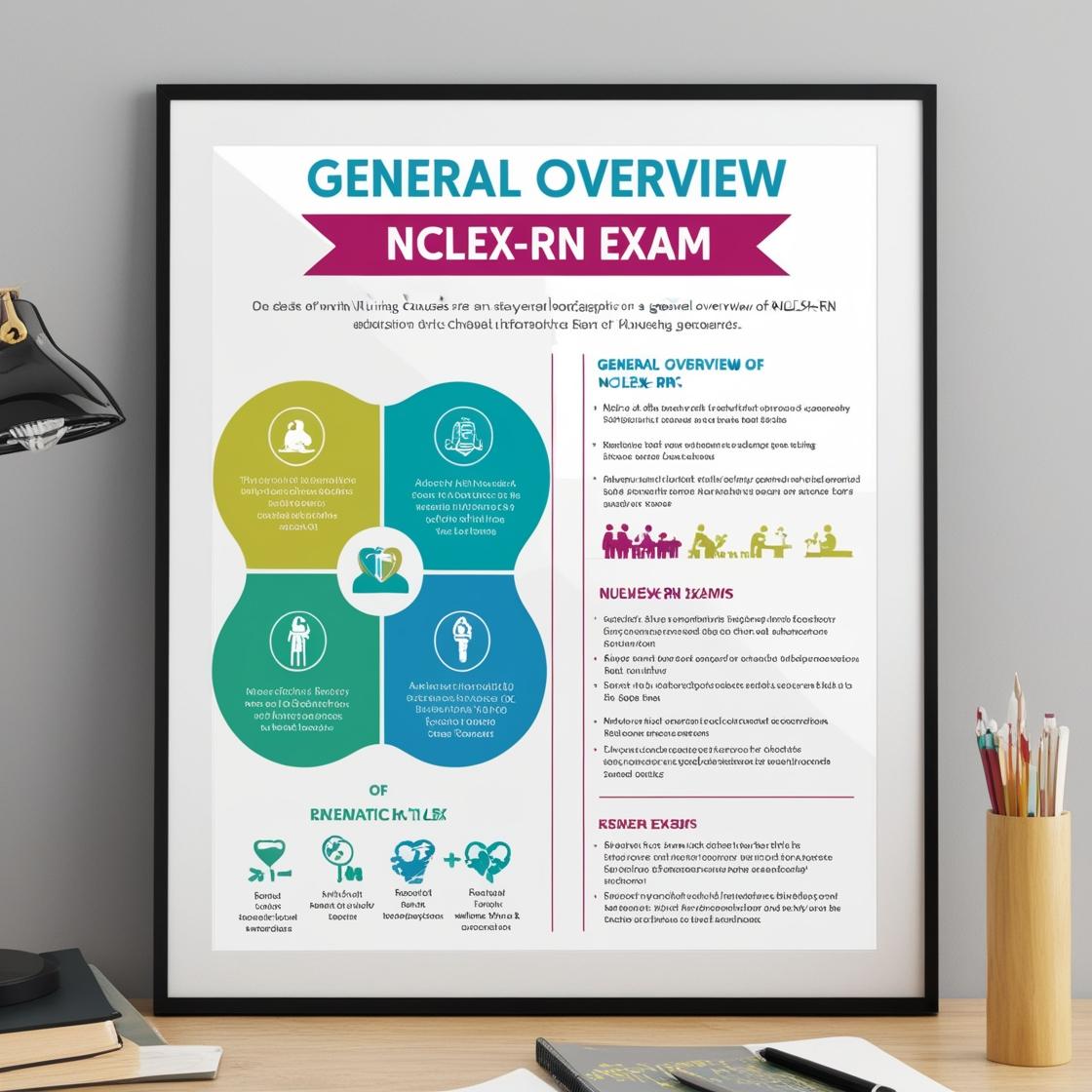NCLEX-RN
NCLEX RN Exam Preview Answers
1. During an examination, a nurse notices a draining ulceration on a patient's lower leg. What is the most appropriate action in this situation?
- A. Wash hands and then contact the physician.
- B. Continue to examine the ulceration and then wash hands.
- C. Wash hands, put on gloves, and continue with the examination of the ulceration.
- D. Wash hands, proceed with the rest of the physical examination, and perform the examination of the leg ulceration last.
Correct answer: C
Rationale: In this scenario, the most appropriate action is to wash hands, put on gloves, and then continue examining the ulceration. Wearing gloves is crucial when there is a possibility of contact with body fluids, as in the case of a draining ulceration. Contacting the physician is not necessary at this point; the immediate focus should be on proper infection control by washing hands and wearing gloves. Changing the order of the examination is not recommended as it is important to follow a systematic approach to avoid missing any crucial assessments.
2. The nurse is caring for a patient who has a right-sided chest tube after a right lower lobectomy. Which nursing action can the nurse delegate to the unlicensed assistive personnel (UAP)?
- A. Document the amount of drainage every eight hours
- B. Obtain samples of drainage for culture from the system
- C. Assess patient pain level associated with the chest tube
- D. Check the water-seal chamber for the correct fluid level
Correct answer: A
Rationale: The correct answer is to document the amount of drainage every eight hours. UAP education typically includes tasks related to documentation of intake and output. Obtaining samples of drainage for culture and assessing patient pain level are nursing responsibilities that require licensed nursing personnel's education and scope of practice. Checking the water-seal chamber for the correct fluid level also falls under the nursing role, as it involves monitoring and maintaining the chest tube system, which requires nursing knowledge and training.
3. A 2-year-old child has been brought to the clinic for a well-child checkup. What is the best way for the nurse to begin the assessment?
- A. Ask the parent to place the child on the examining table.
- B. Have the parent remove all of the child's clothing before the examination.
- C. Allow the child to keep a security object such as a toy or blanket during the examination.
- D. Initially focus the interactions on the child, essentially ignoring the parent until the child's trust has been obtained.
Correct answer: C
Rationale: The best place to examine the toddler is on the parent's lap. Toddlers understand symbols; therefore, a security object is helpful. Initially, the focus is more on the parent, which allows the child to adjust gradually and to become familiar with you. A 2-year-old child does not like to take off his or her clothes. Therefore, ask the parent to undress one body part at a time.
4. A 30-year-old woman has recently moved to the United States with her husband. They are living with the woman's sister until they can get a home of their own. When company arrives to visit the woman's sister, the woman feels suddenly shy and retreats to the back bedroom to hide until the company leaves. She explains that her reaction to guests is simply because she does not know how to speak "perfect English."? What is this woman likely experiencing?
- A. Culture shock
- B. Cultural taboos
- C. Cultural unfamiliarity
- D. Culture disorientation
Correct answer: A
Rationale: The woman in the scenario is likely experiencing culture shock. Culture shock is a term used to describe the state of disorientation or inability to respond to the behavior of a different cultural group due to sudden strangeness, unfamiliarity, and incompatibility with the individual's perceptions and expectations. In this case, the woman's feelings of shyness and retreating due to not feeling confident in speaking 'perfect English' align with symptoms of culture shock. The other choices are incorrect: Cultural taboos refer to behaviors or actions that are prohibited within a particular culture; cultural unfamiliarity suggests a lack of knowledge about a specific culture, which is not the case here; and culture disorientation is not a commonly used term in cultural psychology, making it an incorrect option.
5. The healthcare provider is preparing to perform a physical assessment. Which statement is true about the inspection phase of the physical assessment?
- A. Usually yields little information
- B. Takes time and reveals a surprising amount of information
- C. May be somewhat uncomfortable for the expert practitioner
- D. Requires a thorough examination of the patient's body before proceeding with palpation
Correct answer: B
Rationale: During the inspection phase of a physical assessment, it is essential to take time as it can reveal a significant amount of information. Initially, it may feel uncomfortable for the examiner to focus solely on observing the patient without immediate action. Rushing through inspection is not recommended as it can lead to missing important cues. Train yourself to be thorough during inspection by observing carefully and taking the time needed to gather essential data. Choices A, C, and D are incorrect because inspection typically provides valuable information, may feel uncomfortable at first but is necessary for a comprehensive assessment, and does not involve a quick glance but requires a focused and detailed observation.
Similar Questions

Access More Features
NCLEX RN Basic
$69.99/ 30 days
- 5,000 Questions with answers
- Comprehensive NCLEX coverage
- 30 days access @ $69.99
NCLEX RN Premium
$149.99/ 90 days
- 5,000 Questions with answers
- Comprehensive NCLEX coverage
- 30 days access @ $149.99
